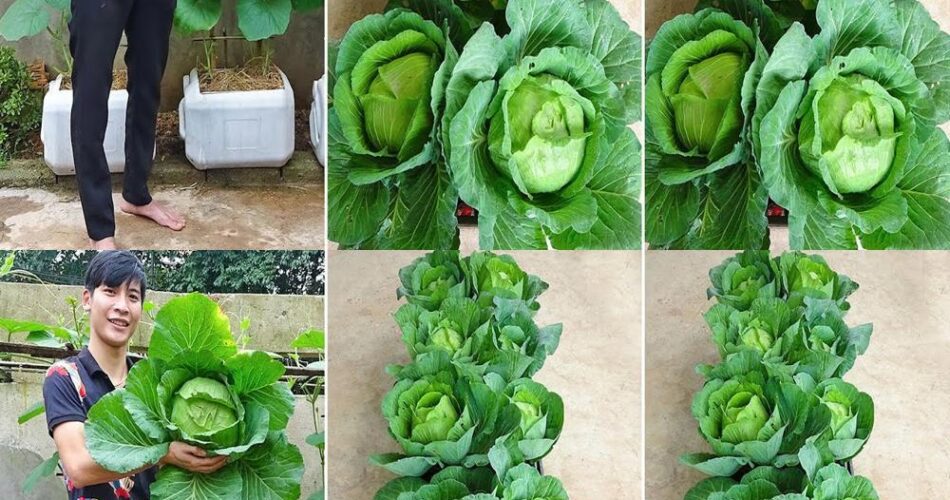Cultivate cabbages from seeds, a play for maximum productivity
cabbages are versatile and nutritious vegetables that can be grown easily from seeds. By following a few simple steps, you can get an abundant harvest of fresh and tasty cabbages in your garden. Here is a practical guide to help you grow cabbages from seeds with maximum productivity.
Choosing the right cabbage seeds
The first step to growing cabbages from seeds is to choose the right varieties of cabbage seeds. There are many varieties of cabbage available, including cabbage, cauliflower, red cabbage and Chinese cabbage. Each variety has its own soil, temperature and sun exposure needs, so it is important to choose a variety adapted to your region and growing conditions.
Soil preparation
Before seeding the cabbage seeds, it is essential to prepare the soil properly. The cabbages prefer a well drained soil, rich in organic matter and slightly acid. Work the soil in depth and add compost to improve soil structure and provide essential nutrients for plants.
The seedling process
- Start by sowing the cabbage seeds inside, about 6 to 8 weeks before the scheduled date of the outdoor planting. Use buckets or seed trays filled with light and moist soil.
- Place the cabbage seeds on the ground and cover them slightly with soil. Keep the soil moist but not wet and place the buckets in a warm and bright place to promote germination.
- Once the cabbage plants have reached an appropriate size, harden them by gradually exposing them outside for a few hours each day. This will help them to adapt to the external conditions before planting.
Planting outside
After the last frosts, you can plant your cabbage plants outside. Be sure to space them sufficiently to allow optimal growth and adequate air circulation between plants. Water the cabbage plants regularly to keep the soil moist, but avoid excessive watering to prevent fungal diseases.
Care
- Bring a balanced nitrogen-rich fertilizer to promote cabbage growth. Fertilize regularly as recommended on fertilizer packaging.
- Monitor common cabbage pests and diseases such as caterpillars and root rot. Use biological control methods or natural pesticides if necessary.
- Protect cabbages from high heats by mulching them to keep the soil cool and watering them regularly during dry periods.
Harvesting cabbages
cabbages can be harvested at different stages of maturity depending on your preferences. You can harvest cabbage leaves as they grow or let the cabbage heads form to get cauliflowers or cauliflowers. Harvest the cabbages by cutting the stems near the ground with a sharp knife once they reach the desired size.
By following these simple steps, you can grow cabbages from seeds with ease and get an abundant harvest of this delicious vegetable. Enjoy the freshness and flavor of cabbages grown in your own garden while maximizing your productivity!
